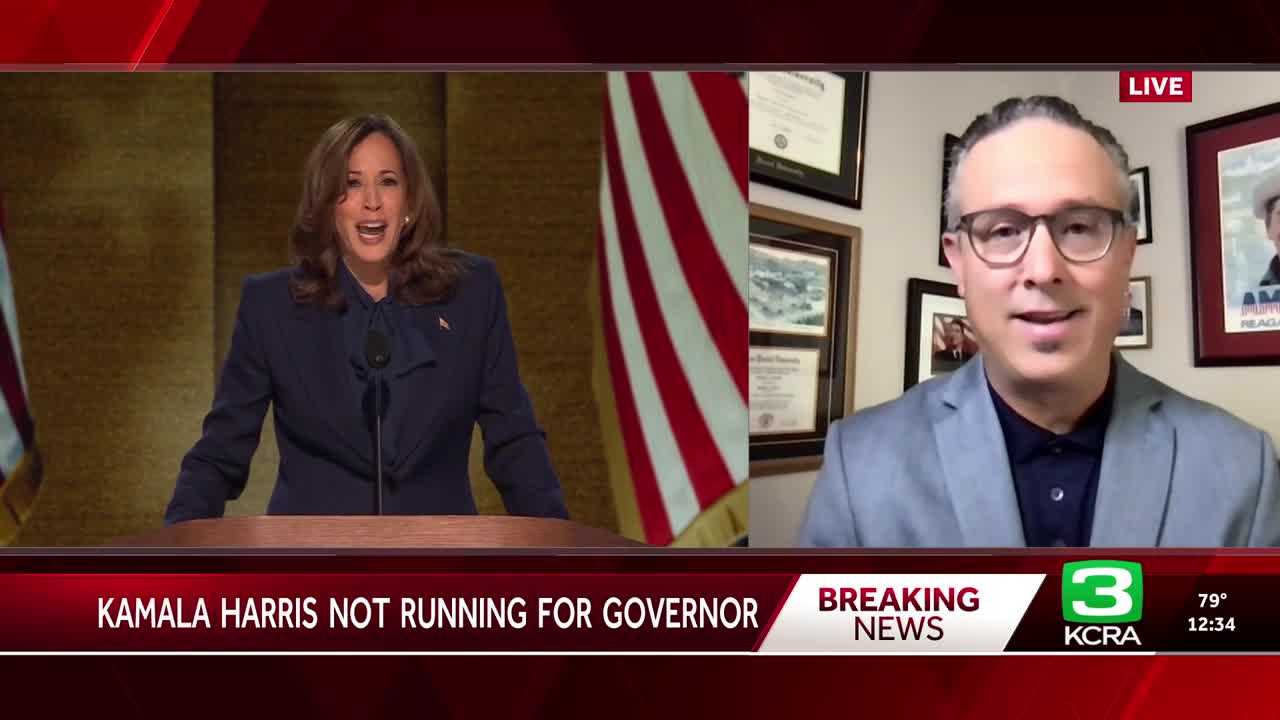The political landscape of California’s 2026 gubernatorial race has been dramatically reshaped by former U.S. Vice President Kamala Harris’s decision not to seek the state’s highest office, a move that immediately opens the field for a diverse array of other candidates and fundamentally alters the strategic calculus for both major parties. This pivotal announcement, following months of speculation, signifies a significant turning point, compelling political observers and campaign strategists to re-evaluate potential trajectories for the upcoming election.
Harris had deliberated extensively over the summer, having previously been considered a formidable contender due to her high name recognition and established political profile within the Democratic party. Her prolonged indecision created a discernible pause in campaign donations, as many prospective donors for various Democratic candidates held back, awaiting her definitive stance. Her withdrawal is now expected to unleash a flood of previously withheld funds, injecting new energy and resources into the campaigns of other Democratic hopefuls, intensifying the competition among them.
According to Republican strategist Tim Rosales, Harris’s exit presents a complex scenario for the Republican candidates. Rosales articulates that her absence removes a key “boogeyman” for Republicans—a highly recognizable figure whose involvement would have readily mobilized their base and centered their campaign narratives. The perceived baggage associated with Harris would have provided a clear, singular target for opposition, simplifying the strategic approach for the Republican party.
With Harris no longer in the running, Rosales indicates that Republicans must now recalibrate their strategy, shifting their primary focus from a single, high-profile opponent to incumbent Governor Gavin Newsom and the long-standing issues that have plagued the state under his administration over the past several years. This strategic pivot demands a more nuanced approach, requiring Republican contenders to articulate their platforms and critiques against a different political backdrop, without the unifying adversary that Harris’s candidacy would have provided.
The Democratic field, previously overshadowed by Harris’s potential entry, is now an “open field,” offering significant opportunities for other prominent figures. Rosales specifically highlights Representative Katie Porter as a potential major beneficiary of Harris’s withdrawal, anticipating that a substantial portion of the support and donations initially earmarked for Harris could now gravitate towards Porter’s campaign. This dynamic promises a highly competitive primary among Democratic hopefuls, each vying for the party’s nomination.
For Republican frontrunners Chad Bianco and Steve Hilton, the challenge lies in effectively introducing themselves and their platforms to the broad spectrum of California voters, including a significant Republican base. Despite the intensified Democratic competition, the ultimate gubernatorial race in November 2026 is still projected to be a direct face-off between a Democrat and a Republican. The critical question for the Republican party is which of their two leading candidates will successfully resonate with voters and emerge as the strongest challenger.
Rosales emphasizes that the campaign for California governor is just beginning, despite the long road ahead towards the primary in June and the general election in November 2026. This period demands extensive outreach and communication across the vast state, with candidates needing substantial time and resources to connect with diverse constituencies. Harris’s announcement serves as a true kickoff, propelling all campaigns into high gear and setting the stage for an intense and closely watched electoral battle.






Leave a Reply